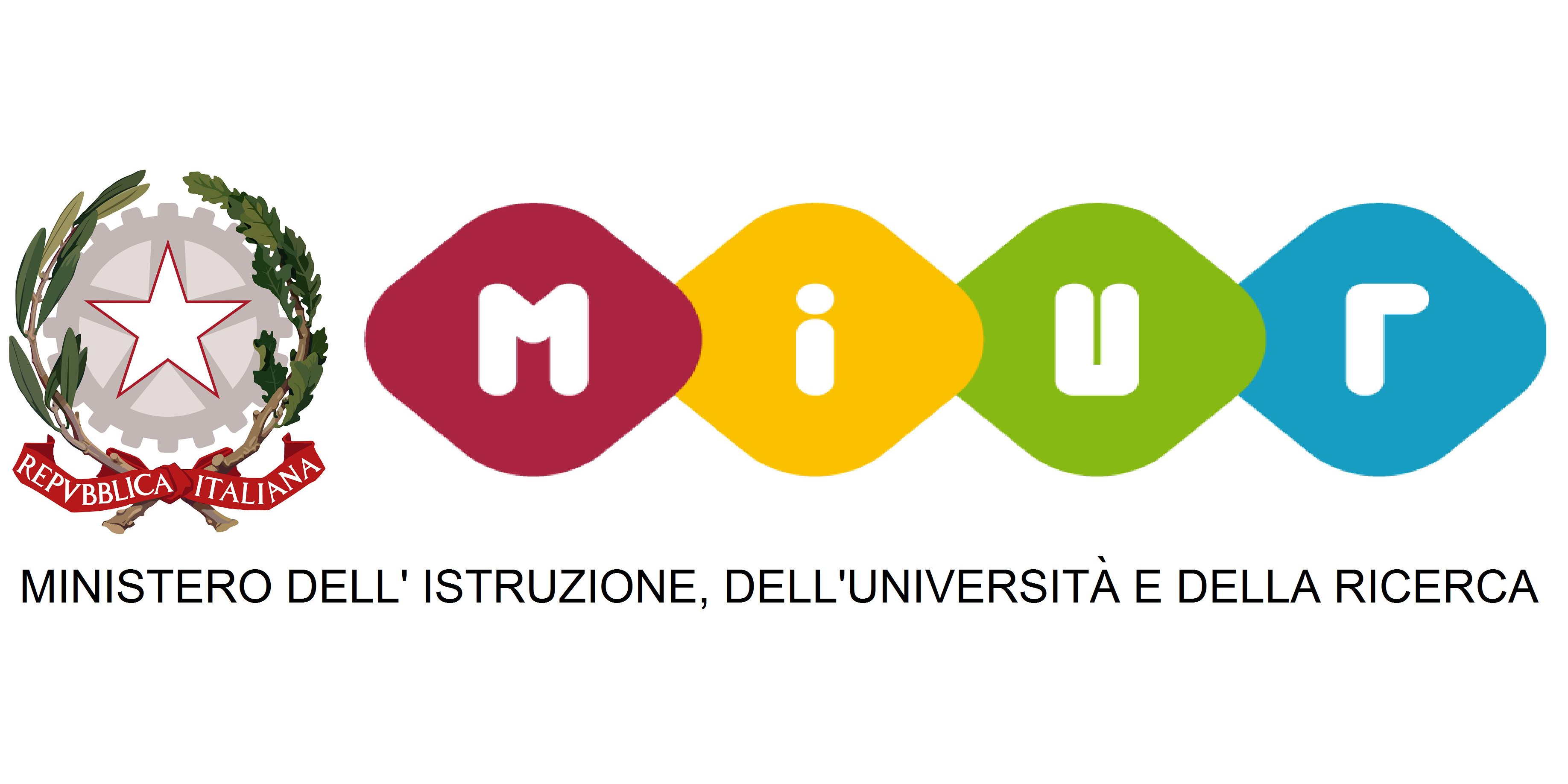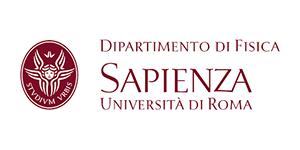Material Science for 3G Interferometers
In the frequency zone where the sensitivity of interferometers for GW detection is higher, the limit of these detectors is due to the thermal noise of the mirrors, ultimately determined by the acoustic dissipation of the thin films that form the coatings and determine their high optical quality. An extremely accurate characterization of the mechanical losses of suspended mirrors is therefore the starting point for the improvement of the current sensitivity. It is crucial to minimize the optical absorption coefficient of the thin oxide films and to control the distribution of the nature of the elastic defects and stresses in the coatings.
Our approach is to analyze and characterize the coatings through an innovative approach of spectromicroscopy that integrates the mapping of elastic constants (Brillouin mapping), vibration response (Raman mapping), stoichiometric homogeneity and distribution of defects (core level photoemission mapping), with resolution and spatial correlation down to the micron scale.
We will create a measuring chamber capable of interfacing the techniques mentioned above in a contaminant-free environment, which can also operate at cryogenic temperatures and with micrometric spatial resolution. This line of development brings together the scientific experience of various research groups in the Department, with expertise in both amorphous and crystalline material physics, with the specific aim of investigating coating prototypes developed in the context of the LIGO-Virgo Xollaboration, and to propose technological solutions and appropriate treatments for 3G detectors.
Spectro-Microscopy Laboratory (SMART)
For further information, please contact:



